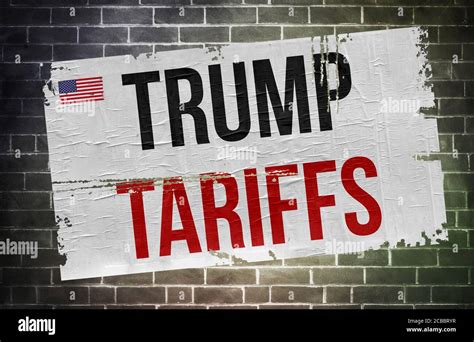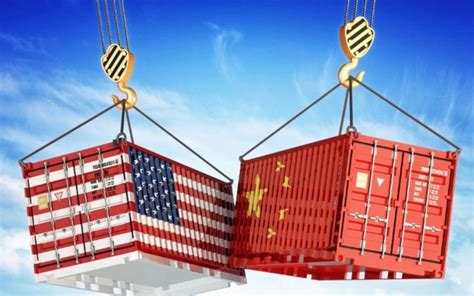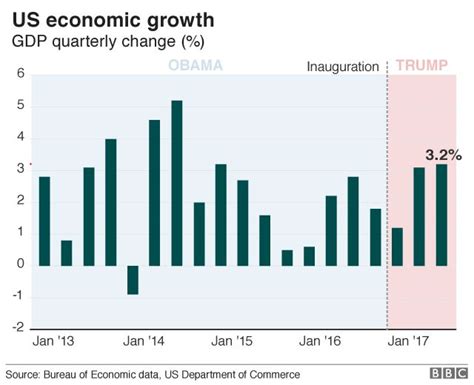US President Donald Trump, known for his bold and often controversial decisions, recently made headlines with a groundbreaking announcement on what he dubbed “Liberation Day”. The move? A universal “baseline” tariff of 10% on all imports into the United States. But that’s not all. In a dramatic twist that sent shockwaves through the global trade landscape, Trump also revealed additional tariffs – 10% on goods from the United Kingdom and a staggering 20% on products originating from the European Union.
**A Turning Point in Global Trade**
The scene was set for this momentous occasion as President Trump took to the podium amidst a flurry of anticipation and speculation. His words reverberated across the nation and beyond as he outlined his vision for reshaping trade relations with key international partners. This announcement marked a significant turning point in US trade policy, one that would have far-reaching implications for businesses, consumers, and economies worldwide.
**Unprecedented Tariff Measures**
But that wasn’t the end of the bombshell dropped by the White House. Countries deemed unfavorable in their trade practices would face even harsher penalties, with tariffs soaring as high as 50%. This aggressive stance underscored Trump’s commitment to addressing what he viewed as unfair trade practices and leveling the playing field for American businesses.
“This is about ensuring fairness and reciprocity in our trade relationships,”
declared President Trump, his voice resonating with conviction. The move was met with mixed reactions both domestically and internationally, sparking debates about protectionism versus free trade and reigniting discussions about the complexities of global commerce.
**Impact on Businesses**
As news of these tariffs rippled through boardrooms and trading floors worldwide, businesses scrambled to assess the potential impact on their operations. For many companies reliant on imports or exports to/from the US, this development represented a seismic shift that could redefine their bottom line. Supply chains were suddenly thrown into disarray, prompting executives to rethink sourcing strategies and pricing models in light of heightened costs.
Expert analysts weighed in on the ramifications of these tariffs, offering insights into how different industries might be affected. While some sectors braced themselves for substantial financial hits due to increased tariffs on essential goods, others saw opportunities emerge amid shifting market dynamics.
**Global Response**
The international community reacted swiftly to President Trump’s tariff announcements. Diplomatic channels buzzed with activity as officials from affected countries scrambled to formulate responses and strategies to mitigate potential fallout. Trade negotiations took center stage as nations sought common ground while navigating choppy waters in an increasingly uncertain economic climate.
“These tariffs have set off alarm bells around the world,”
remarked an economist specializing in international trade relations. The ripple effects of these measures extended far beyond economic considerations, stirring geopolitical tensions and reshaping alliances in unforeseen ways.
**Looking Ahead**
As stakeholders around the world grappled with the implications of these unprecedented tariff measures, one thing remained certain – uncertainty loomed large on the horizon. The evolving landscape of global trade promised challenges but also opportunities for those agile enough to adapt swiftly to changing circumstances.
In conclusion, President Trump’s ‘Liberation Day’ tariffs may have ushered in a new era of economic diplomacy fraught with complexities and contradictions. Only time will tell how this chapter unfolds – shaping destinies and fortunes along its turbulent path towards an uncertain future.









Leave feedback about this